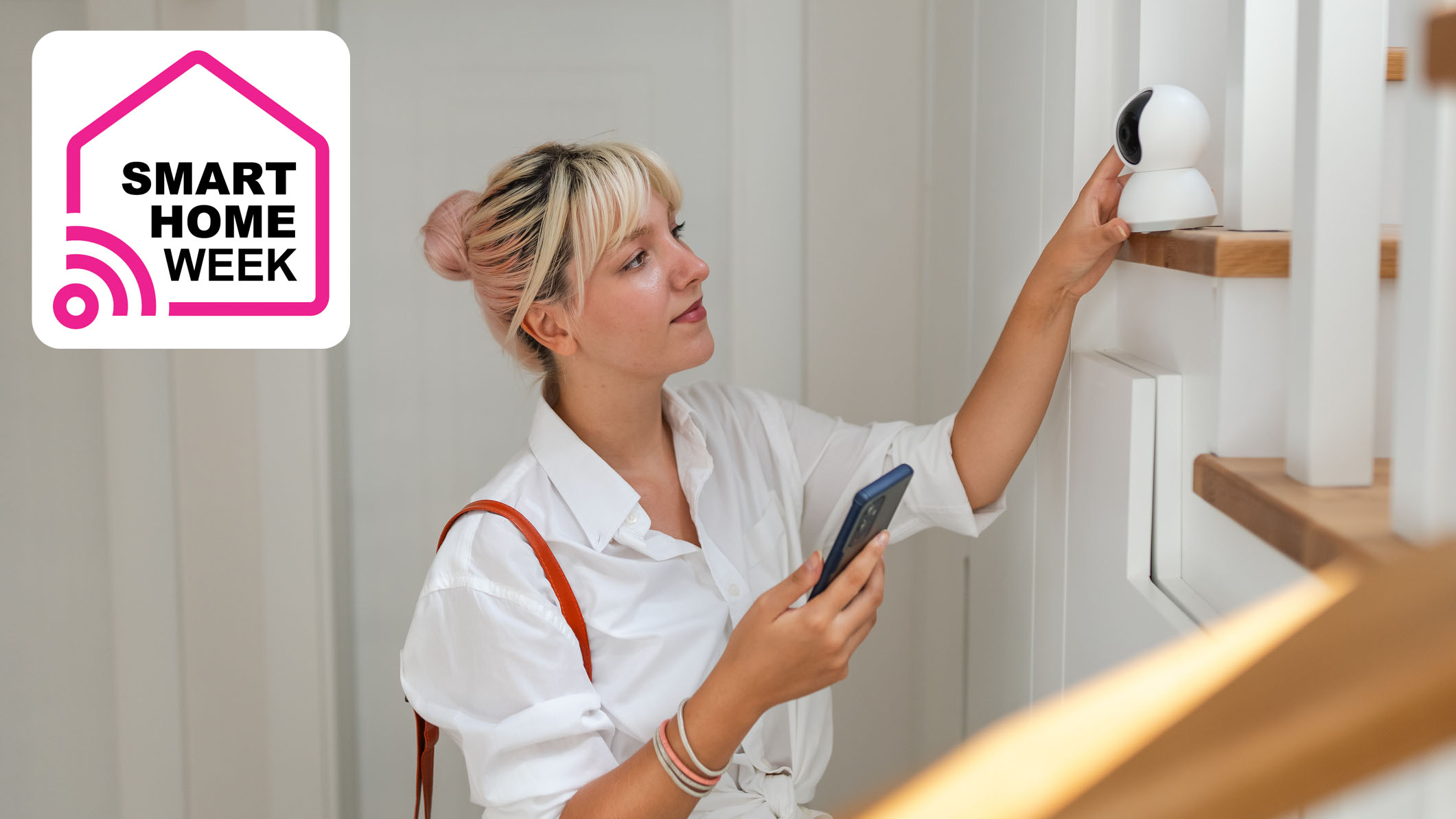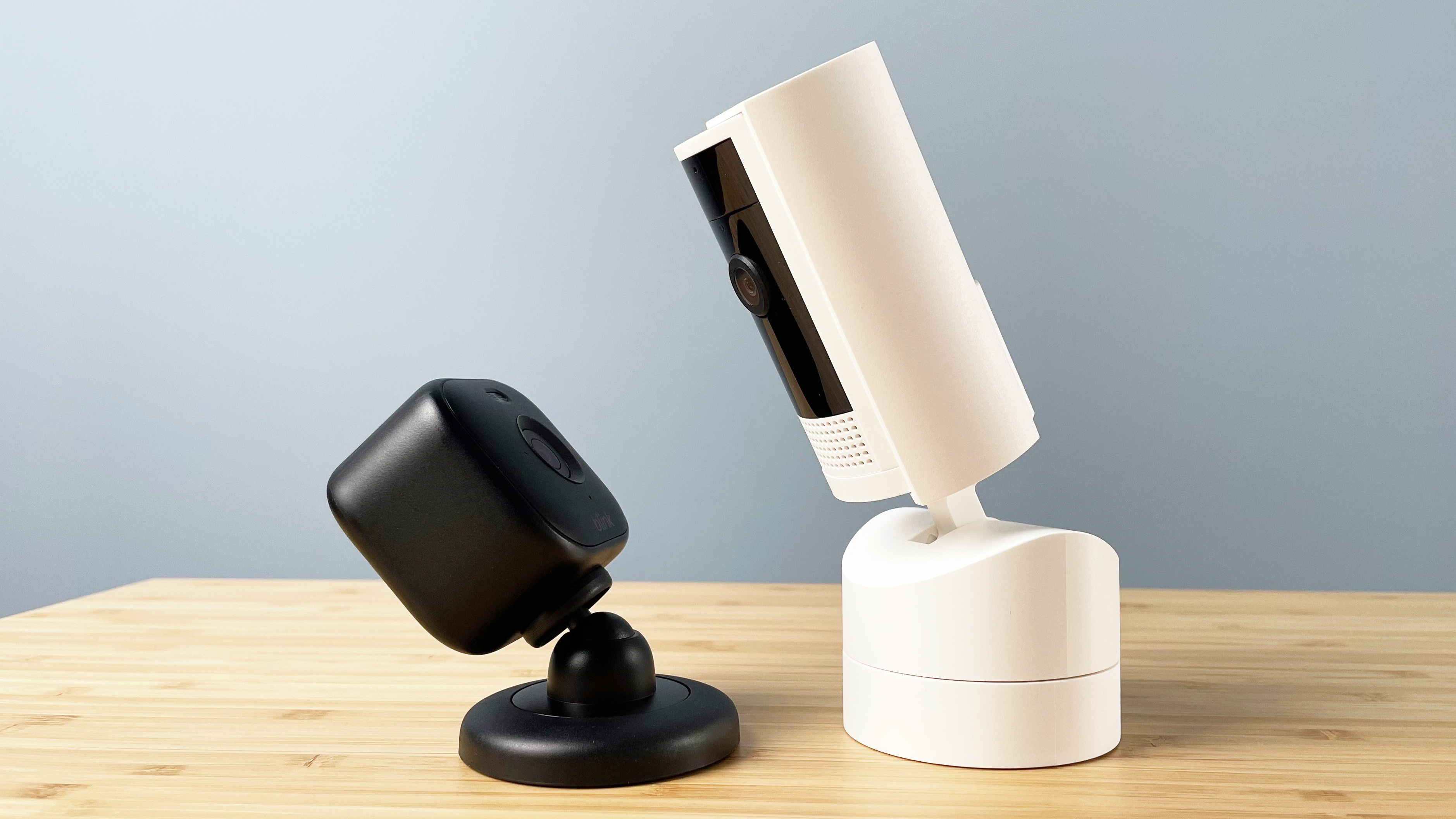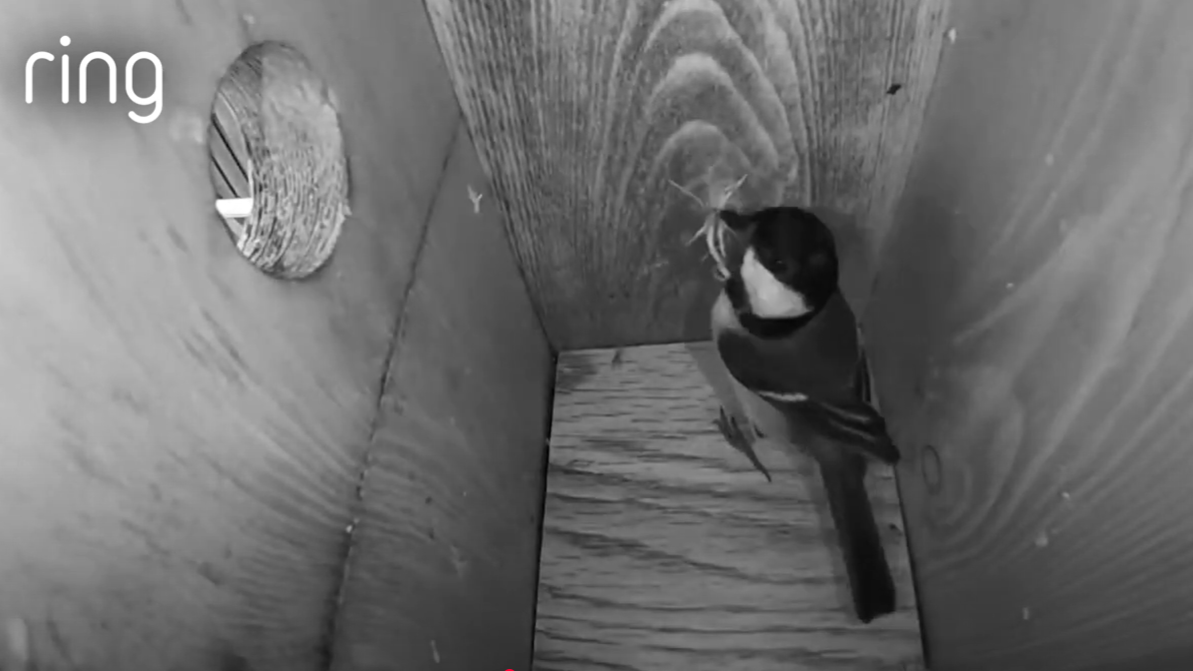5 ways to use a home security camera – and why you need one right now

This article is part of TechRadar's Smart Home Week 2025. From lighting and switches to robot vacuums and smart thermostats, we're here to help you pick the right devices to make your life easier, and get the most out of them.
Not so long ago, installing one of the best home security camera systems would involve chunky hardware, black-and-white video feeds, a dedicated monitor, storage, and a lot of cabling fitted by a professional.
Now though, thanks to high-resolution imaging sensors, robust Wi-Fi and long-lasting rechargeable batteries, fitting your home with security cameras has never been easier or cheaper.
Brands like Ring, Eufy, Yale and TP-Link – plus many more besides – sell wireless security cameras that record in high definition, alert you via your phone when motion is detected, and record everything they see either to the cloud or local storage. They are often quick and easy to install without the need for a professional (or even a ladder), and many are compatible with some of the biggest smart home platforms, like Apple HomeKit and Amazon Alexa.
Choose your gear carefully, and tight integration means you can see live video from security cameras on your TV screen or have the cameras automatically turn on when your home is unoccupied. Some more advanced security systems even use cameras to help identify a live situation, like a break-in or a fire, and call the emergency services on your behalf.
But there’s much more to these cameras than security alone. Read on to discover how they can help with pet and baby monitoring, smart home automation, and more.

1. Burglar deterrent and recording
This is the obvious one. Install practically any smart security camera and you’ll have a system that alerts you via a phone notification when movement is detected, then starts recording evidence to either the cloud or local storage. Prices start below $50 for the simplest cameras, extending to over $200 for smarter models with extra features, like AI-powered facial recognition for telling the difference between your family and a trespasser.
Configurable motion zones help prevent false positives, while most of today’s security cameras also have night vision (some even in full color), 2K resolution, a speaker, and microphone for two-way audio, and integrated sirens and spotlights. As long as they have a good connection to your Wi-Fi router – and are within reach for battery swaps, or can be hooked up to a solar panel for unlimited power – they can be installed almost anywhere with the included set of screws and wall plugs.
Sign up for breaking news, reviews, opinion, top tech deals, and more.
2. Pet monitor
Indoor security cameras are great for keeping an eye on pets while you’re away. Whether it’s to see the comings and goings of an adventurous cat, or to make sure a puppy isn’t chewing at the kitchen cupboards, an indoor security camera instantly beams a color, HD feed to your phone or tablet.
Since most security cameras have a microphone and speaker, you can interact with your pet from afar. Conversation might be limited, but it’s a handy way to reassure them with your voice, or remind them that the sofa isn’t their bed, even when you’re at the office. A camera can also be a useful way to check in on your pet’s behavior, and spot any signs of separation anxiety. Plus, who wouldn’t want to have a quick catch-up with their furry friend while on a lunch break?

3. Smart home integration
The motion detected by a security camera doesn’t have to be a burglar sizing up your garden fence. Instead, with help from other smart home devices like lights and plugs, and an automation platform like IFTTT, you can configure a system whereby motion spotted by the back door, for example, turns on a light to help you find your keys. Alternatively, a camera could be set to turn on indoor lights when motion is spotted by the front door late at night.
Simple automations like this can also be used for outdoor lighting if your camera doesn’t have a spotlight of its own, with companies like Philips Hue selling a wide range of smart, weatherproof garden lights.
Combine motion with your smartphone’s location, and you could have the camera trigger a routine that welcomes you home with changes to lighting and heating. Just set the routine to be triggered when motion is spotted and your phone is within the geofenced location of your home.
4. Baby monitor
Back to using a camera on its own and, similar to the pet example earlier, they can work well as baby monitors. Their night vision (either infrared greyscale, or full color on some models) gives a good view of your sleeping child, beamed straight to your phone, tablet or television. They also have two-way audio, motion alerts and encryption – just make sure you change the default password, and enable two-factor or biometric security on the phone app.
Smart home connectivity can also come into play here. You could set the camera to turn on your bedroom or hallway light when motion is detected in your child’s room, or to cue up a playlist of soothing sounds on a speaker in their room, ready to help you settle them.

5. Observing wildlife
Dedicated wildlife (or trail) cameras exist, but you can create a similar experience by repurposing a simple security camera, adjusting the position, view and detection settings to switch its job from burglar deterrent to birdwatcher. You can also make use of the camera’s night vision, which on some models records in full color instead of the usual black-and-white.
Simply mount the camera wherever it has the best view of the wildlife you want to observe, enable night vision if it isn’t already, and fine-tune the motion detection zones so that it only records video when it spots movement in that place. You’ll also want to adjust the notification system so that you’re not alerted late at night.
With all that done, you have a camera that’ll spring into life when it spots movement like birds, badgers, squirrels, or just the neighbor’s cat. Be sure to disable any AI functions that filter out all non-human movement.

Alistair Charlton is based in London and has worked as a freelance technology and automotive journalist for over a decade. A lifelong tech enthusiast, Alistair has written extensively about dash cams and robotic vacuum cleaners for TechRadar, among other products. As well as TechRadar, he also writes for Wired, T3, Forbes, The Independent, Digital Camera World and Grand Designs Magazine, among others.
You must confirm your public display name before commenting
Please logout and then login again, you will then be prompted to enter your display name.